Western Suburbs
- Mumbai Fixers
- Western Suburbs
Discover
Western Suburbs
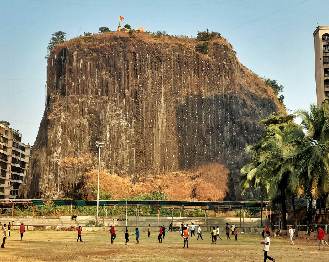
Andheri
Andheri's history unfolds from tranquil villages to a vibrant commercial center. Early records mention it as a cluster of agricultural villages. The arrival of the railway in the 19th century spurred its growth. Andheri West, known for its film and television studios, transformed into a hub for India's entertainment industry. Today, Andheri is a microcosm of Mumbai, bustling with commerce, residential areas, and pockets of nature like the Aarey Milk Colony. And don't forget the iconic Gilbert Hill, a 200-foot tall monolith of black basalt rock, standing tall amidst the urban sprawl. This geological marvel, estimated to be 66 million years old, offers panoramic views of the city and is a popular spot for trekking and enjoying a breath of fresh air.

Versova
Versova's story is one of transformation. Once a popular beach destination (Juhu Beach), Versova faced ecological degradation due to plastic pollution. However, a remarkable clean-up initiative, spearheaded by Afroz Shah, began in 2016. Today, Versova serves as a beacon of hope, showcasing the power of community action in environmental conservation.
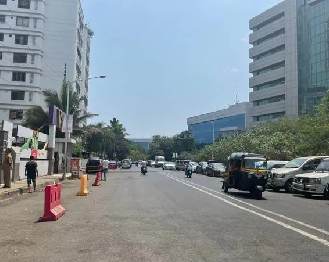
Malad
Malad's history is intertwined with the sea. Once a traditional fishing village, Malad's shores were dotted with koliwadas, communities of fisherfolk. The colonial era saw the development of salt pans, leaving behind a unique ecological landscape. Today, Malad is a well-connected suburb with the Malad Creek, a vital waterway, and the Malad railway station serving as an important transport hub.
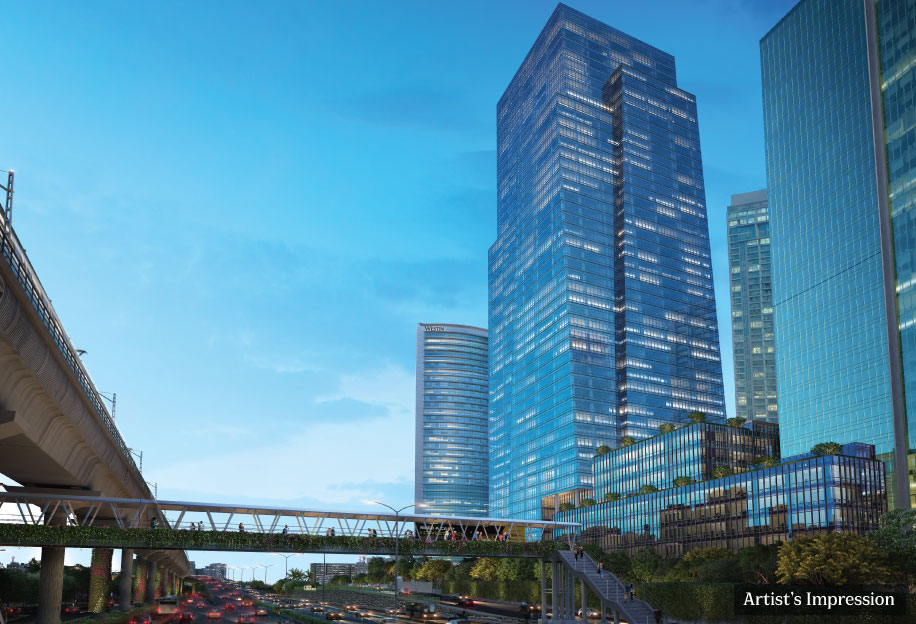
Goregaon
Goregaon's story unfolds as a tale of two distinct halves. Goregaon East, steeped in history, boasts the enthralling Jogeshwari Caves, a complex of Hindu cave temples dating back to the 6th century AD. These intricate rock-cut sculptures offer a glimpse into the area's rich cultural heritage. Goregaon West, in contrast, presents a modern face with high-rise buildings, shopping malls, and a vibrant commercial atmosphere. This duality reflects the ever-evolving character of Mumbai.
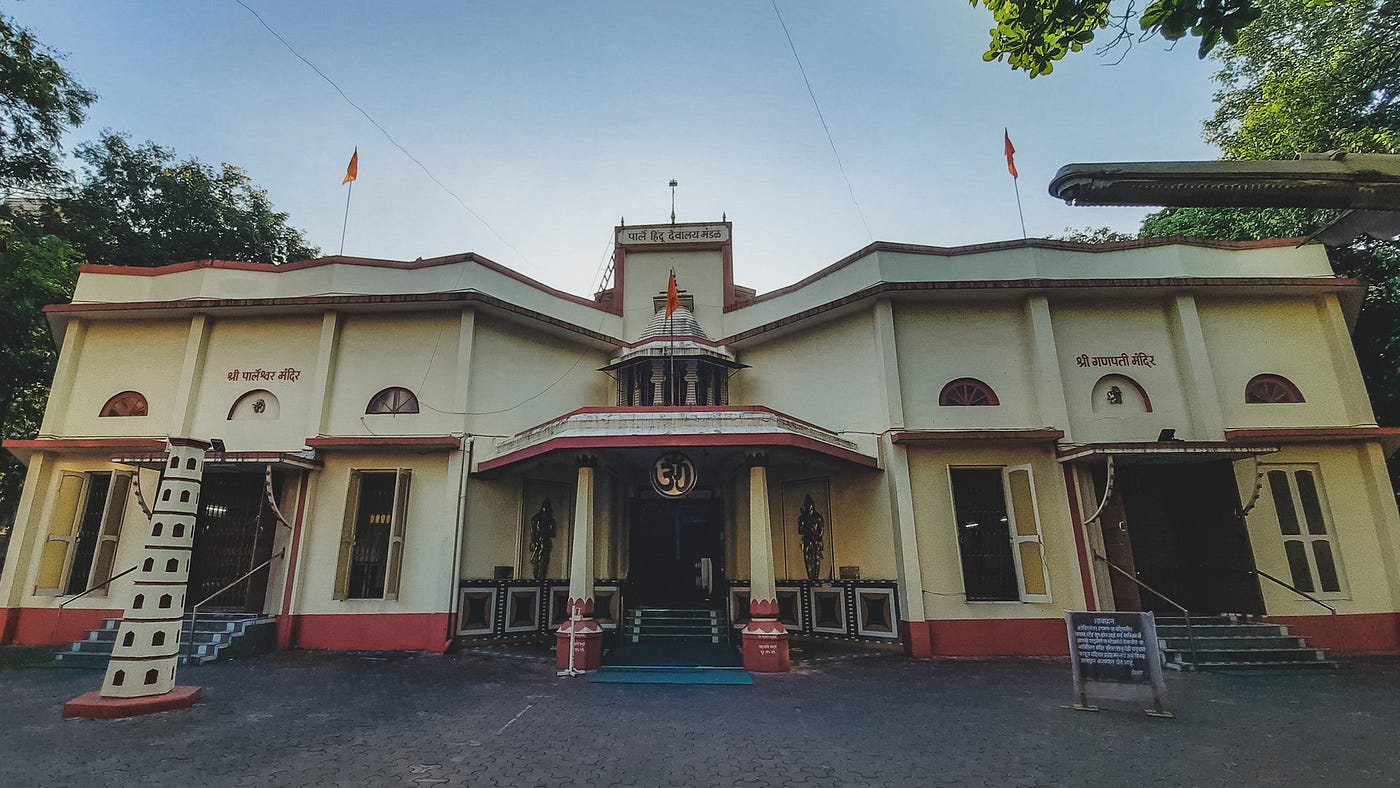
Vile Parle
Vile Parle's story is one of industry and artistic expression. In the early 20th century, the area witnessed the rise of factories, transforming it into an industrial hub. However, Vile Parle also boasts a rich cultural heritage. The Swami Narayan Temple, built in the 18th century, is a landmark, and the area is known for its vibrant Gujarati community. Today, Vile Parle is a diverse suburb, balancing its industrial past with a strong cultural identity.

Kandivali
Kandivali's history reveals a transformation from a quiet outpost to a bustling suburb. Early records mention it as a small village. The arrival of the railway in the 19th century spurred its growth. Today, Kandivali is a commercial center with a mix of residential areas and industrial zones. It's also known for its educational institutions, making it a popular choice for families.
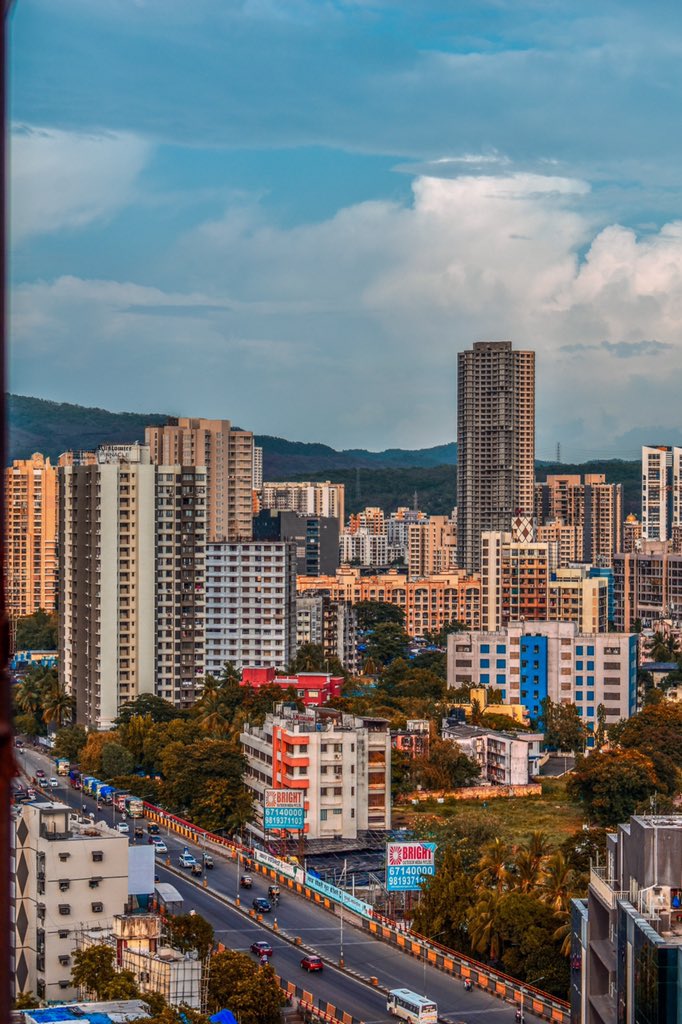
Borivali
Borivali's past is a blend of nature and history. The Sanjay Gandhi National Park, established in the 19th century, occupies a significant portion of the area, offering a vital green lung for Mumbai. Borivali also boasts historical landmarks like the Kanheri Caves, a network of ancient Buddhist caves dating back to the 1st century BCE. Today, Borivali is a well-connected suburb with a unique blend of urban life and natural beauty.

